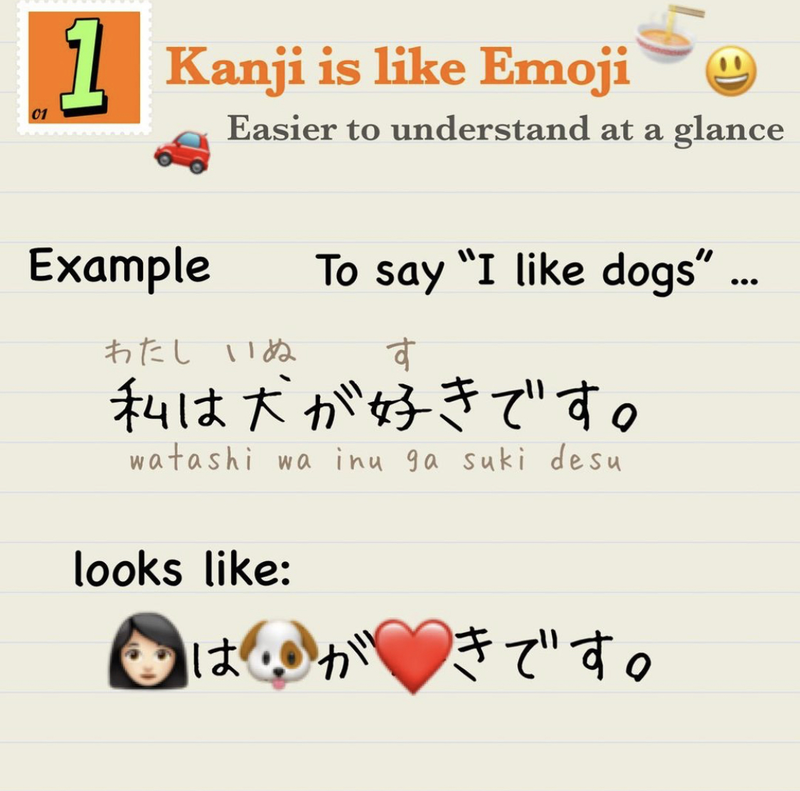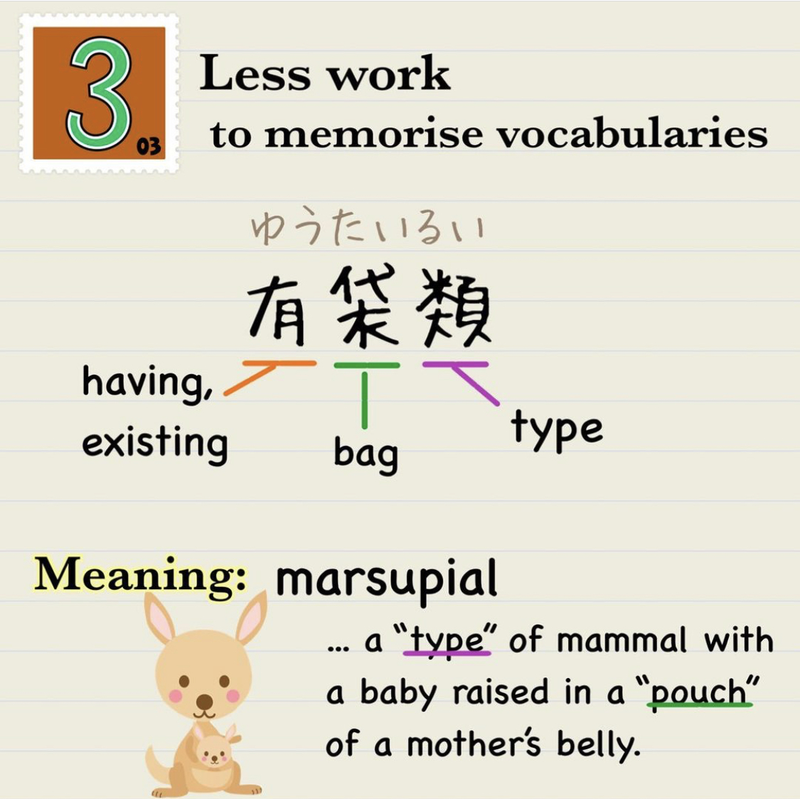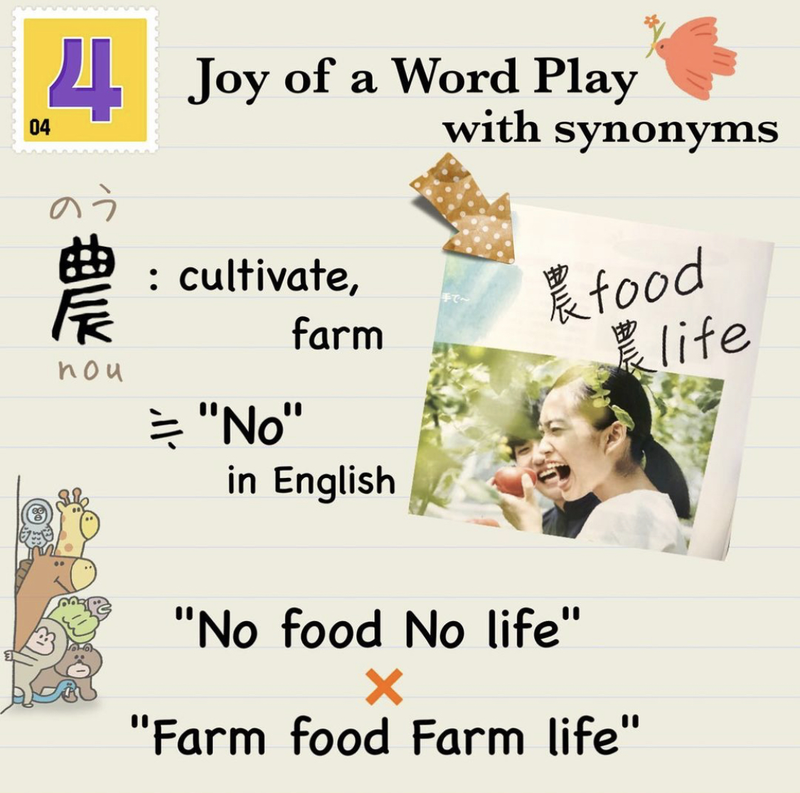What is Kanji?
This blog is designed for anyone who is struggling to learn Kanji or who is simply interested in learning more about the Japanese language.
Kanji is one of the three writing systems in Japanese. All three writing systems are collectively called kana. Kanji are Japanese symbols that represent whole words.
Kanji symbols can represent full words on their own, or they can combine with other Kanji or Kana words to create different meanings. Depending on what they are connected with, they can be pronounced differently, that it why it can be super challenging to learn Kanji.
 は
は  が
が  きです。
きです。 へは
へは  で2
で2  です。
です。



